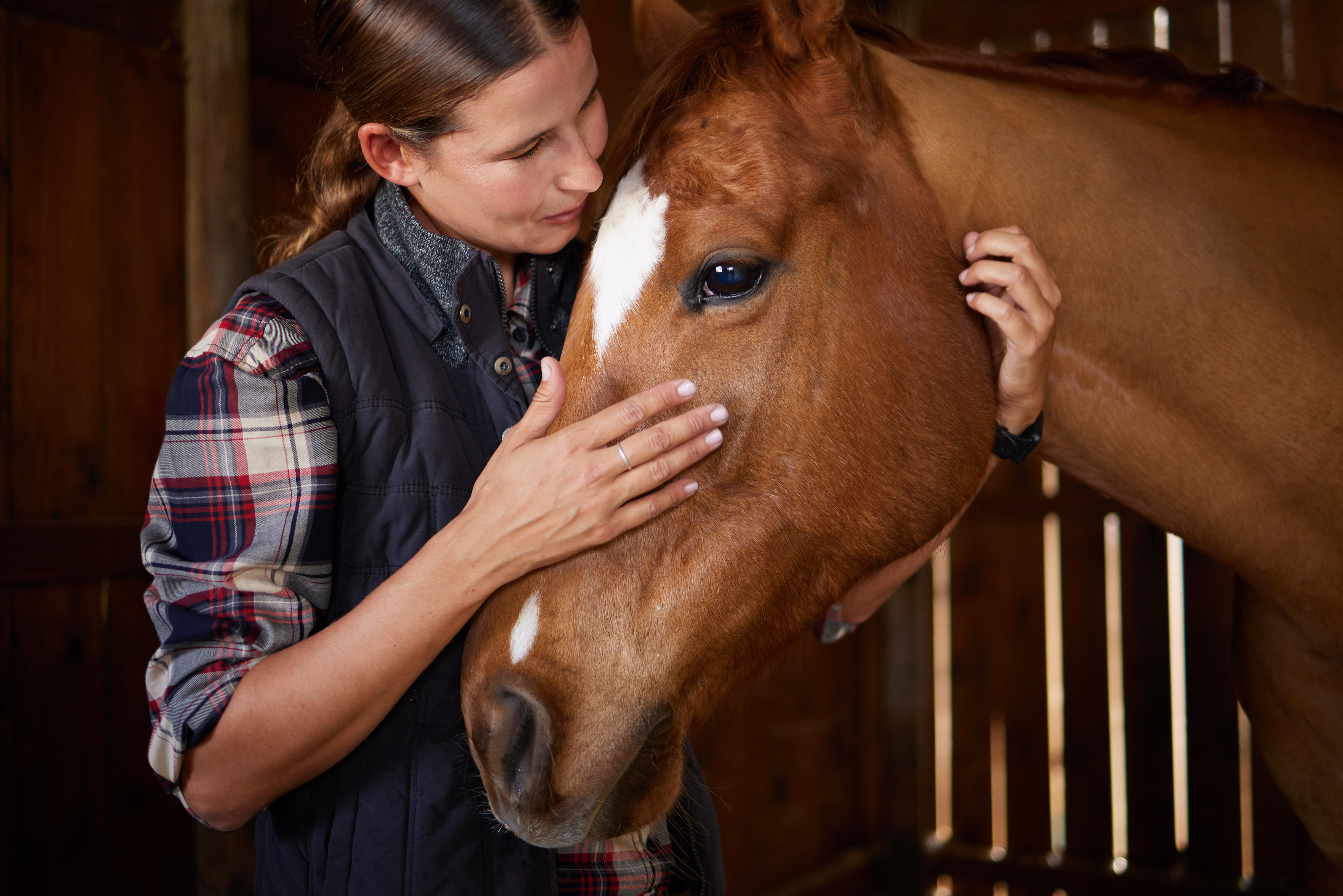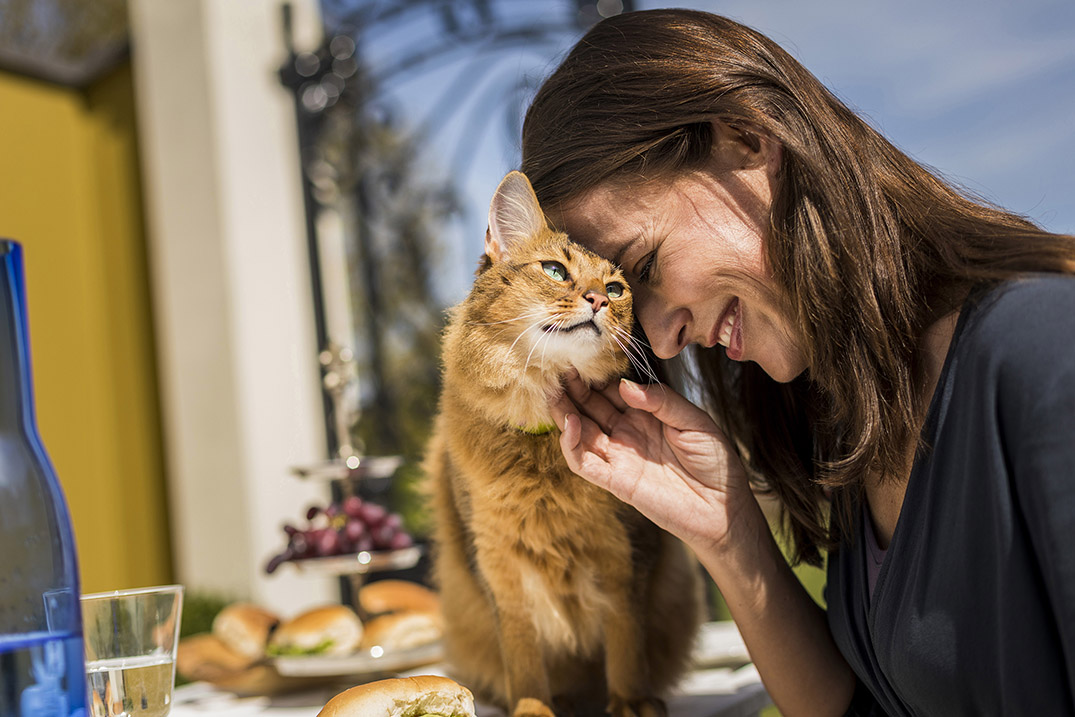BRAVECTO® Chews for Dogs
Discover 12-week* chewable flea and tick protection for your canine patients
Features and benefits—12-week* protection with BRAVECTO® Chews
Trusted active ingredient
- Fluralaner, an ectoparasiticide belonging to the isoxazoline group
- Systemically active against fleas and ticks for 12 weeks*
- Starts killing within 2 hours after administration1 for quick flea control
Persistent, long-lasting coverage
- Rapid onset of action and speed of kill
- A single dose can eliminate a flea infestation2
- 12-week* duration reduces gaps in protection that can result from missed doses of monthly products
Convenient, chewable flea and tick protection
- Helps improve pet owner compliance
- Available by veterinary prescription only
- Presented in a highly palatable flavored chew that dogs accept readily1
Indications
BRAVECTO Chews for Dogs kills adult fleas and is indicated for the treatment and prevention of flea infestations (Ctenocephalides felis), and the treatment and control of tick infestations (Ixodes scapularis [black-legged tick], Dermacentor variabilis [American dog tick], Rhipicephalus sanguineus [brown dog tick], and Haemaphysalis longicornis [Asian longhorned tick]) for 12 weeks in dogs and puppies 6 months of age and older, and weighing 4.4 pounds or greater.
BRAVECTO Chews for Dogs is also indicated for the treatment and control of Amblyomma americanum (lone star tick) infestations for 8 weeks in dogs and puppies 6 months of age and older, and weighing 4.4 pounds or greater.
Prescribe different weight bans of BRAVECTO Chews depending on the patient’s weight1
Increased pet owner compliance
BRAVECTO: Protection that lasts
More continuous coverage with 12 long weeks* of protection
Owners purchase more months of coverage per year with BRAVECTO Chews3
Make every dose last ~3X longer with BRAVECTO Chews1*
*BRAVECTO (fluralaner) Chews for Dogs kills fleas, prevents flea infestations, and kills ticks (black-legged tick, American dog tick, brown dog tick, and Asian longhorned tick) for 12 weeks. BRAVECTO Chews also kills lone star ticks for 8 weeks.
The convenience pet owners prefer
Owners want simple,
long-lasting protection
Owners agree that BRAVECTO Chews is more convenient than monthly products5
More convenient dosing with
fewer doses each year
Owners list the top 3 advantages of BRAVECTO Chews as:
BRAVECTO Chews: Persistent efficacy against fleas1,2
One dose goes further against flea infestations
A single dose of BRAVECTO Chews lasts long enough to eliminate a flea infestation.2
BRAVECTO Chews: Kills ticks faster and longer than Simparica TRIO®
Ixodes scapularis study
INITIAL SPEED OF KILL6
Percent tick-free dogs at Day 0†
RESIDUAL SPEED OF KILL6
Percent tick-free dogs at Day 28†
I scapularis ticks were applied 2 days before and 21- and 28-days post dosing. Tick counts were conducted at 4-, 8-, 12-, and 24-hours post dosing and infestation.
† Percent of dogs with no live I scapularis ticks (n=8 dogs/treatment group)
BRAVECTO Chews: Kills ticks faster and longer than Simparica TRIO®
Amblyomma americanum study
INITIAL SPEED OF KILL (DAY 0)7
RESIDUAL SPEED OF KILL (DAY 28)7
A americanum ticks were applied 2 days before and 28-days post dosing. Tick counts were conducted at 8-, 12-, 24-, 48-, and 72-hours post dosing and infestation.
‡ Statistically significant compared with the untreated control; pairwise comparison using 2-sided tests.
§ Statistically significant compared with Simparica TRIO®; pairwise comparison using 2-sided tests.
|| Percent live tick reduction compared with untreated controls using the geometric mean ticks counts.
BRAVECTO Chews demonstrates fast and lasting tick-killing efficacy
Ixodes ricinus study
FAST ACTING, LONG-LASTING SPEED OF KILL AGAINST TICKS8
Tick-killing efficacy (%)8
Data obtained from a European laboratory study determining the speed of kill of BRAVECTO Chews administered once orally at a dose of 25 mg/kg body weight against tick (I ricinus) infestations (difference from untreated control dogs; P>0.0001)
BRAVECTO Chews is proven safe
No known contraindications for BRAVECTO Chews for Dogs.1
No problems reported in field trials in dogs that received BRAVECTO concurrently with other commonly used medication.1
BRAVECTO has not been shown to be effective for 12 weeks duration in puppies less than 6 months of age.1
In field studies and safety studies, no dogs experienced serious adverse events.1,10
In margin of safety study, puppies were dosed at three 8-week intervals.
BRAVECTO has been evaluated for use in breeding, pregnant, and lactating female dogs.1 BRAVECTO is safe to use and efficacious in adult dogs and puppies over 6 months of age and weighing 4.4 pounds or greater.1 It has been tested and found safe in puppies at least 8 to 9 weeks of age at 5X the clinical dose.1,10 No adverse effects with BRAVECTO Chews for Dogs in MDR-1 gene-deficient collies at 3X the recommended dose.11
Experience the 12-week* difference
Contact us for more information about prescribing BRAVECTO for dogs in your care.
CONTACT USFrequently Asked Questions about BRAVECTO Chews
ARE FLEA AND TICK CHEWS BETTER THAN TOPICAL SOLUTIONS?
Both BRAVECTO Chews and BRAVECTO Topical Solution for Dogs are effective, fast-acting, and long-lasting when it comes to protecting against fleas and ticks. BRAVECTO offers options for pet owners so they can use the flea and tick protection that works best for their lifestyle and their dog.
HOW LONG DOES IT TAKE FOR FLEA AND TICK CHEWABLES TO START WORKING?
BRAVECTO Chews starts killing ticks within 8 hours and begins killing fleas within 2 hours of administration, with 88% efficacy within 4 hours and 100% efficacy within 12 hours after treatment.12,13
HOW CAN I PROVIDE LONGER-LASTING FLEA AND TICK PROTECTION FOR MY PATIENTS?
Talk with pet owners about the importance of year-round flea and tick protection. When you recommend extended-duration protection, you increase the likelihood of pet owner compliance, leading to fewer gaps in protection. BRAVECTO Chews provides 12-week coverage*—that’s 3X the duration of monthly products—which makes providing flea and tick protection easier and more convenient for pet owners.
For technical assistance or to report a suspected adverse drug reaction, contact Merck Animal Health at 1-800-224-5318.
This site is intended for veterinary professionals. Visit our website for pet owners.
* BRAVECTO (fluralaner) Chews for Dogs kills fleas, prevents flea infestations, and kills ticks (black-legged tick, American dog tick, brown dog tick, and Asian longhorned tick) for 12 weeks. BRAVECTO Chews also kills lone star ticks for 8 weeks.
References
- BRAVECTO® Chews for Dogs. Product label. Merck Animal Health; 2022.
- Dryden MW, Smith V, Bennett T, et al. Efficacy of fluralaner flavored chews (BRAVECTO®) administered to dogs against the adult cat flea, Ctenocephalides felis felis and egg production. Parasit Vectors. 2015;8:364. doi:10.1186/s13071-015-1014-z
- Data on file. Kynetec PetTrack MAT June 2024. Merck Animal Health.
- Lavan R, Normile D, Husain I, Singh A, Armstrong R, Heaney K. An assessment of canine ectoparasiticide administration compliance in the USA. Parasit Vectors. 2022;15:32. doi:10.1186/s13071-021-05134-1
- Lavan RP, Armstrong R, Normile D, Zhang D, Tunceli K. Results from a U.S. dog owner survey on the treatment satisfaction and preference for fluralaner against flea and tick infestations. J Vet Sci Technol. 2017;8:3:1000439. doi:10.4172/2157-7579.1000439
- Reif KE, Bickmeier NP, Herrin BH, et al. Comparison of the initial and residual speed of Ixodes scapularis kill on dogs treated with a single dose of Bravecto® Chew (25 mg/kg fluralaner) or Simparica TRIO® (1.2 mg/kg sarolaner, 24 μg/kg moxidectin, 5 mg/kg pyrantel). Parasit Vectors. 2023;16:440. doi:10.1186/s13071-023-05946-3
- Reif KE, Dryden MW, Normile DM, et al. Comparison of the initial and residual speed of Amblyomma americanum kill on dogs treated with a single dose of Bravecto® Chew (25 mg/kg fluralaner) or Simparica TRIO® (1.2 mg/kg sarolaner, 24 µg/kg moxidectin, 5 mg/kg pyrantel). Parasit Vectors. 2025;18:112. doi:10.1186/s13071-024-06600-2
- Wengenmayer C, Williams H, Zschiesche E, et al. The speed of kill of fluralaner (Bravecto™) against Ixodes ricinus ticks on dogs. Parasit Vectors. 2014;7:525. doi:10.1186/s13071-014-0525-3
- Freedom of Information Summary, NADA 141-426. May 25, 2014.
- Walther FM, Allan MJ, Roepke RKA, Nuernberger MC. Safety of fluralaner chewable tablets (Bravecto™), a novel systemic antiparasitic drug, in dogs after oral administration. Parasit Vectors. 2014;7:87. doi:10.1186/1756-3305-7-87
- Walther FM, Paul AJ, Allan MJ, Roepke RKA, Nuernberger MC. Safety of fluralaner, a novel systemic antiparasitic drug, in MDR1(-/-) collies after oral administration. Parasit Vectors. 2014;7:86. doi:10.1186/1756-3305-7-86
- Taenzler J, Wengenmayer C, Williams H, et al. Onset of activity of fluralaner (BRAVECTO™) against Ctenocephalides felis on dogs. Parasit Vectors. 2014;7:567. doi:10.1186/s13071-014-0567-6
- Burgio F, Meyer L, Armstrong R. A comparative laboratory trial evaluating the immediate efficacy of fluralaner, afoxolaner, sarolaner and imidacloprid + permethrin against adult Rhipicephalus sanguineus (sensu lato) ticks attached to dogs. Parasit Vectors. 2016;9:626. doi:10.1186/s13071-016-1900-z
All trademarks are property of their respective owners.




 Go To United States
Go To United States Algeria
Algeria Argentina
Argentina Australia
Australia Austria
Austria Bahrain
Bahrain Belgium (Dutch)
Belgium (Dutch) Brazil
Brazil Canada (English)
Canada (English) Chile
Chile Colombia
Colombia Croatia
Croatia Czech Republic
Czech Republic Denmark
Denmark Ecuador
Ecuador Egypt
Egypt Finland
Finland France
France Germany
Germany Greece
Greece Hungary
Hungary India
India Indonesia
Indonesia Iraq
Iraq Ireland
Ireland Israel
Israel Italy
Italy Japan
Japan Jordan
Jordan Kuwait
Kuwait Lebanon
Lebanon Malaysia
Malaysia Mexico
Mexico Morocco
Morocco Netherlands
Netherlands New Zealand
New Zealand Norway
Norway Oman
Oman Panama
Panama Peru
Peru Philippines
Philippines Poland
Poland Portugal
Portugal Qatar
Qatar Romania
Romania Russian Federation
Russian Federation Saudi Arabia
Saudi Arabia South Africa
South Africa South Korea
South Korea Spain
Spain Sweden
Sweden Switzerland (French)
Switzerland (French) Taiwan
Taiwan Thailand
Thailand Tunisia
Tunisia Turkey
Turkey Ukraine
Ukraine United Arab Emirates
United Arab Emirates United Kingdom
United Kingdom Uruguay
Uruguay Yemen
Yemen Global
Global